Home>Garden Essentials>What Is A Good Ground Cover Plant For Shade
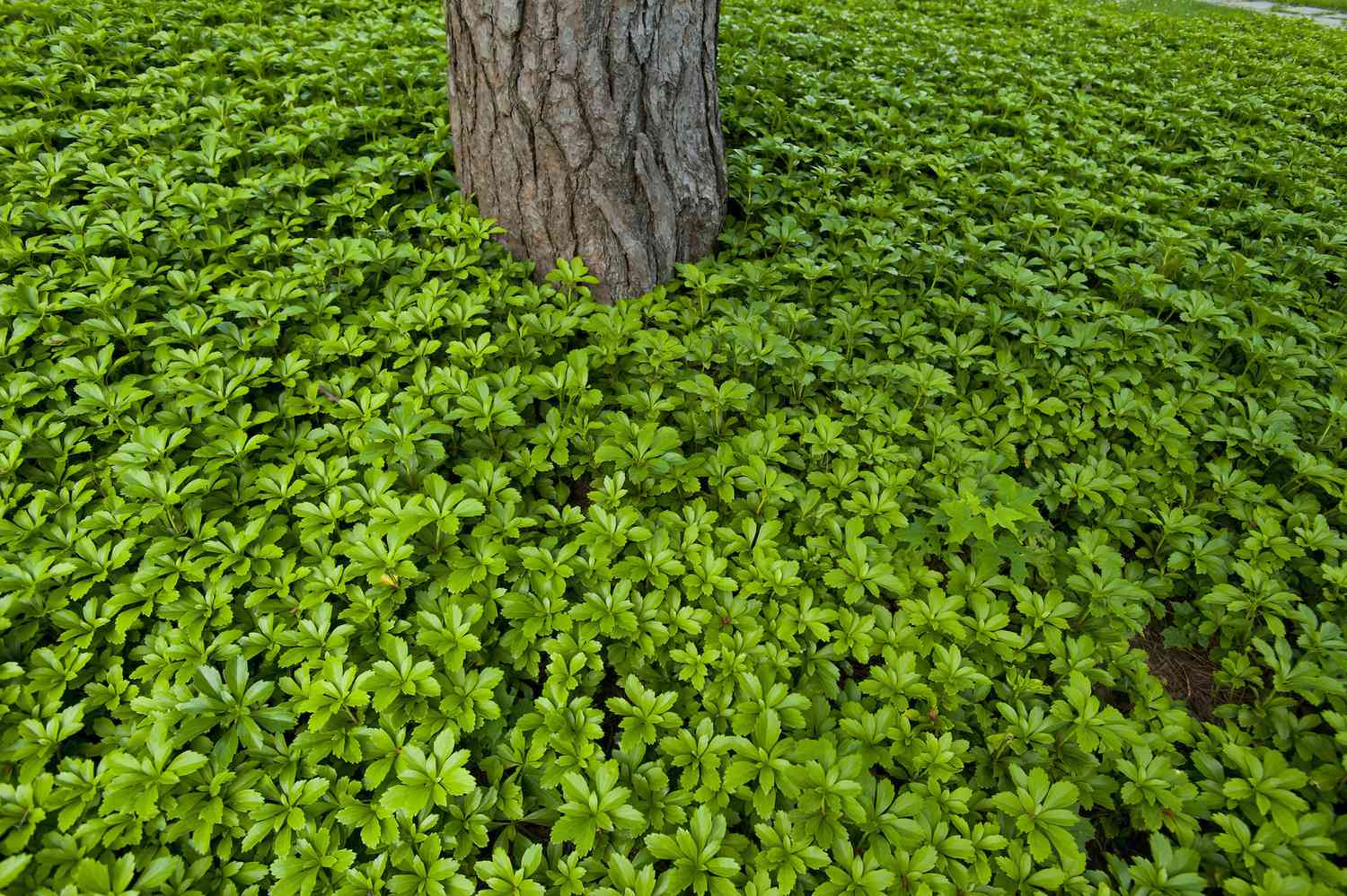

Garden Essentials
What Is A Good Ground Cover Plant For Shade
Modified: October 27, 2024
Looking for a good ground cover plant for shade in your garden? Discover the perfect solution to add beauty and functionality to your shaded areas.
(Many of the links in this article redirect to a specific reviewed product. Your purchase of these products through affiliate links helps to generate commission for Storables.com, at no extra cost. Learn more)
Introduction
When it comes to landscaping and gardening, finding the right ground cover plants for shade can be a bit challenging. Shade areas in our gardens and landscapes can create a unique environment that requires specific plants that can thrive in low light conditions. These shaded areas can be under trees, near buildings, or on the north side of your house, where direct sunlight is limited.
The good news is that there are many beautiful ground cover plants that are well-suited for shade. Not only do they add visual interest and texture to your garden, but they also provide practical benefits, such as preventing weed growth and helping to retain moisture in the soil.
However, before you rush out and start planting, it’s important to consider a few factors that will help you choose the best ground cover plants for your shade area.
Key Takeaways:
- Transform shady areas with vibrant ground cover plants like Hostas, Vinca Minor, and Lamium. These plants thrive in low light, add beauty, and suppress weeds, creating a lush oasis in your garden.
- Create a visually captivating shade garden with low-maintenance ground cover plants such as Pachysandra, Ajuga, and Sweet Woodruff. These plants offer year-round interest, vibrant colors, and easy care for a stunning landscape.
Read more: What Is A Good Ground Cover In AZ
Factors to Consider when Choosing a Ground Cover Plant for Shade
1. Light Requirements: Shade can vary from light shade, where there is filtered sunlight, to deep shade, where there is almost no direct sunlight. Understanding the light conditions in your shade area will help you select the right plants that can thrive in those specific conditions.
2. Soil Type: Different ground cover plants have different soil preferences. Some prefer well-drained soil, while others thrive in moist or even boggy conditions. Understanding your soil type will help you choose plants that will grow successfully in your shade area.
3. Growth Habits: Consider the growth habits of the ground cover plants you are considering. Some plants spread quickly and can be invasive, while others have a clumping habit. It’s essential to choose plants that fit the space you have and won’t overwhelm other plants in your garden.
4. Purpose: Think about the purpose of your ground cover plants. Are you looking to simply cover bare soil or prevent weed growth? Or do you want plants that will provide color, texture, and interest throughout the year? Different plants serve different purposes, so knowing what you want to achieve will help guide your plant selection.
Now that we have considered these important factors, let’s explore some of the best ground cover plants for shade:
Key Takeaways:
- Transform shady areas with vibrant ground cover plants like Hostas, Vinca Minor, and Lamium. These plants thrive in low light, add beauty, and suppress weeds, creating a lush oasis in your garden.
- Create a visually captivating shade garden with low-maintenance ground cover plants such as Pachysandra, Ajuga, and Sweet Woodruff. These plants offer year-round interest, vibrant colors, and easy care for a stunning landscape.
Read more: What Is A Good Ground Cover In AZ
Factors to Consider when Choosing a Ground Cover Plant for Shade
When it comes to selecting the right ground cover plant for a shady area of your garden, there are several factors to consider. By carefully evaluating these factors, you can ensure that you choose a plant that will thrive in the specific conditions of your shade area.
1. Light Requirements: Shade conditions can vary widely, from dappled sunlight to deep shade. Before selecting a ground cover plant, it’s crucial to assess the amount of light your shade area receives. Some plants, like hostas and vinca minor, can tolerate low light and thrive in partial shade, while others, like sweet woodruff and tiarella, prefer deeper shade. Understanding the light requirements will help you choose the right plant that will thrive in your specific shade conditions.
2. Soil Conditions: Another essential factor to consider is the type of soil in your shade area. Some ground cover plants prefer well-draining soil, while others, like pachysandra and lungwort, can tolerate moist or even boggy conditions. Taking the time to understand your soil type will help you select plants that are well-suited to your shade area and will thrive in the specific moisture levels of your soil.
3. Growth Habits: Consider the growth habits of the ground cover plants you are considering. Some plants, like creeping jenny, have a trailing habit and spread quickly, while others, like lamium and ajuga, have a clumping habit and stay relatively compact. Understanding the growth habits of the plants will help you choose plants that fit the available space in your shade area and won’t overcrowd other plants.
4. Durability: It’s important to choose ground cover plants that can withstand the challenging conditions of a shade area. Some plants, like lamium and ajuga, are known for their resilience and ability to handle low light and competition from tree roots. These plants can thrive in shade areas and provide reliable coverage year after year. Look for plants that are recognized for their durability and adaptability to shade environments.
5. Aesthetic Appeal: Lastly, consider the visual appeal of the ground cover plants you are considering. Shade areas often lack colorful blooms, but that doesn’t mean you can’t have a visually appealing garden. Look for plants with interesting foliage, textures, and variegated leaves to add visual interest to your shade garden. Plants like hostas, vinca minor, and lungwort offer a variety of leaf colors and patterns that can add beauty and dimension to your garden.
By considering these factors, you can select the right ground cover plant for your shade area. Take the time to assess your specific shade conditions, soil type, and desired aesthetic, and choose plants that will not only thrive but also add beauty and texture to your shaded garden.
Best Ground Cover Plants for Shade
Finding the perfect ground cover plants for shade can enhance the beauty and functionality of your garden. Here are ten of the best ground cover plants that thrive in shaded areas:
1. Hostas: Hostas are renowned for their large, decorative foliage and come in a variety of colors and textures. They are low-maintenance and can tolerate a range of shade conditions.
2. Vinca Minor: Also known as creeping myrtle or periwinkle, Vinca Minor is an excellent ground cover option for shady areas. Its glossy evergreen leaves and delicate purple flowers provide year-round interest.
3. Lamium: Lamium, or deadnettle, is a drought-tolerant ground cover plant that adds beautiful splashes of color to your shade garden. It offers a range of foliage colors, including silver, green, and variegated, and produces small flowers in shades of pink or purple.
4. Pachysandra: Pachysandra is a popular ground cover plant for shade due to its ability to spread quickly and form a dense, weed-suppressing carpet. Its glossy evergreen leaves offer year-round interest.
5. Ajuga: Ajuga, or bugleweed, is a fast-spreading ground cover plant that thrives in shaded areas. Its low-growing foliage comes in various shades of green, burgundy, or bronze, and it produces spikes of colorful flowers in the spring.
6. Sweet Woodruff: Sweet Woodruff is a delicate ground cover plant that forms a low, spreading mat of dark green leaves. It produces small white flowers in late spring and has a pleasant fragrance when crushed.
7. Japanese Spurge: Japanese Spurge, or Pachysandra terminalis, is an evergreen ground cover plant that grows well in shade. Its glossy dark green leaves form a dense carpet and provide a rich, lush look to your garden.
8. Tiarella: Tiarella, or foamflower, is a stunning ground cover plant that thrives in shade. It produces unique, frothy white or pink flowers on slender stems and has attractive lobed foliage that changes color throughout the seasons.
9. Creeping Jenny: Creeping Jenny, or Lysimachia nummularia, is a creeping ground cover plant that adds vibrant yellow color to your shade garden. Its trailing stems and small rounded leaves create a cascading effect, making it ideal for containers or hanging baskets too.
10. Lungwort: Lungwort, or Pulmonaria, is a shade-loving ground cover plant with distinctive foliage that ranges from silver-speckled to deep green. Its clusters of pink, blue, or purple flowers in the spring add a pop of color to your shaded garden.
These ground cover plants for shade not only provide attractive coverage but also help suppress weeds and retain moisture in the soil. Consider combining multiple varieties to create a diverse and visually appealing shade garden that will be the envy of your neighbors.
Hostas
Hostas are undoubtedly one of the most popular and versatile ground cover plants for shade. Known for their stunning foliage, they add beauty and texture to any garden. Hostas come in a wide range of sizes, colors, and leaf shapes, making them a favorite among gardeners.
These low-maintenance plants are ideal for shady areas where direct sunlight is limited. They thrive in partial to full shade, making them perfect for the understory of trees or along the north side of your house. Hostas prefer well-drained soil but can tolerate a range of soil conditions as long as they are kept consistently moist.
One of the key attractions of hostas is their foliage. The leaves are typically large, ranging from solid greens to variegated patterns with shades of blue, yellow, or white. The variety of leaf sizes, textures, and colors available allows you to create a visually captivating garden with hostas as the main feature.
In addition to their aesthetic appeal, hostas also provide practical benefits to your garden. Their dense foliage helps suppress weed growth by shading the soil, reducing the need for frequent weeding. The large leaves also act as natural mulch, retaining moisture in the soil and helping to maintain a more stable soil temperature.
Hostas are relatively easy to care for, requiring minimal pruning or maintenance. However, they do benefit from regular watering and occasional fertilization during the growing season. It’s important to water hostas deeply to support their extensive root systems and prevent them from drying out.
Although hostas are generally pest and disease resistant, they can occasionally fall victim to slugs and snails. To prevent damage, you can use natural deterrents like beer traps, copper tape, or organic slug pellets.
Whether used as a ground cover in shaded areas or as accent plants in containers or borders, hostas are a versatile and reliable choice. With their exceptional foliage and adaptability, they can transform any shady corner of your garden into a lush and visually striking oasis.
Read more: What Is A Good Ground Cover For Dogs
Vinca Minor
Vinca Minor, commonly known as creeping myrtle or periwinkle, is a fantastic ground cover plant for shade. It is valued for its ability to carpet the ground with its lush, evergreen foliage and delicate flowers.
This low-growing plant is an excellent choice for shady areas where other plants struggle to thrive. It is tolerant of a wide range of soil conditions as long as the soil is well-drained. Vinca Minor prefers partial to full shade but can also tolerate some sunlight, especially if the soil remains consistently moist.
One of the standout features of Vinca Minor is its glossy, dark green leaves. The small, ovate-shaped leaves form a dense and attractive carpet that provides a lush green backdrop for other plants or garden structures. Even in winter, when many other plants have lost their foliage, Vinca Minor remains evergreen, adding color and interest to the landscape.
In the spring, Vinca Minor produces delicate, five-petaled flowers in shades of blue, lavender, or white. These charming blooms not only add a burst of color to the garden but also attract pollinators like bees and butterflies, enhancing biodiversity in your backyard.
One of the reasons gardeners love Vinca Minor is its ability to spread and provide excellent ground coverage. The plant sends out vigorous runners or “creepers” that root easily, allowing it to quickly fill in empty spaces and create a dense mat. This suppresses weed growth, making Vinca Minor an excellent option for areas where you want to minimize maintenance and keep the soil protected.
When it comes to care, Vinca Minor is relatively low maintenance. It does not require frequent pruning but can benefit from occasional tidying up to remove any dead or overgrown foliage. Watering is essential during dry spells to keep the soil consistently moist, as Vinca Minor prefers evenly moist soil.
Overall, Vinca Minor is a reliable and beautiful ground cover plant for shade. Its evergreen foliage, delicate flowers, and ability to spread and provide excellent ground coverage make it a popular choice among gardeners looking to add a touch of natural elegance to their shady landscapes.
Lamium
Lamium, commonly known as deadnettle, is a gorgeous ground cover plant that excels in shaded areas. With its vibrant foliage and lovely flowers, Lamium adds a splash of color and beauty to any shade garden.
Lamium is a versatile plant that can thrive in partial to full shade. It is known for its ability to adapt to a variety of soil conditions, making it suitable for different types of gardens. Whether your shade area has well-drained soil or is consistently moist, Lamium can thrive and provide excellent ground coverage.
One of the standout features of Lamium is its stunning foliage. The leaves come in various colors, including silver, green, and variegated patterns, which adds visual interest and texture to the garden. The foliage is also semi-evergreen, meaning it retains color and coverage even during the winter months.
In addition to its foliage, Lamium produces beautiful clusters of small flowers in shades of pink, purple, or white. These delicate blooms provide a lovely contrast against the foliage and attract pollinators like bees and butterflies, adding life and movement to your shade garden.
Lamium is a low-growing plant that spreads quickly through creeping stems, helping it to effectively cover the ground. As it spreads, it forms a dense mat that effectively suppresses weed growth, making it an excellent choice for areas where you want to minimize maintenance and keep the soil protected.
When it comes to care, Lamium is relatively low maintenance. It prefers consistently moist soil, so regular watering is essential, especially during dry spells. However, be careful not to overwater, as Lamium can be vulnerable to root rot in consistently wet soil.
Lamium also benefits from occasional pruning to maintain its neat and compact growth habit. Pruning can help control its spreading tendency and prevent it from crowding out other plants in the garden. However, you can also let Lamium spread naturally if you want to achieve a more dense ground cover effect.
Overall, Lamium is a stunning ground cover plant for shade that offers both aesthetic appeal and practical benefits. With its striking foliage, colorful flowers, ability to suppress weeds, and adaptability to different soil conditions, Lamium is a wonderful addition to any shade garden.
Pachysandra
Pachysandra is a popular ground cover plant for shade areas due to its ability to form a dense, weed-suppressing carpet of evergreen foliage. It is a hardy plant that thrives in shaded environments, making it a fantastic choice for areas where other plants struggle to grow.
Native to East Asia and North America, Pachysandra prefers partial to full shade but can tolerate some sunlight, especially in cooler climates. It is adaptable to a wide range of soil types, from sandy to clay, as long as the soil is well-drained. Pachysandra is especially useful for areas where the soil remains consistently moist, such as near downspouts or in damp, shady corners of the garden.
One of the standout features of Pachysandra is its glossy, dark green leaves. The foliage is leathery and oval-shaped, forming a dense mat that covers the ground and stays green throughout the year. This evergreen quality makes Pachysandra an excellent choice for adding year-round beauty and color to your shade garden.
In early spring, Pachysandra produces small, insignificant white flowers that develop into small clusters of berries. While the flowers may not be the main attraction of this plant, they do provide a subtle touch of charm and interest. However, it’s worth noting that Pachysandra is primarily grown for its foliage rather than its flowers.
One of the key benefits of Pachysandra as a ground cover plant is its ability to suppress weed growth. Once established, the dense mat of foliage prevents weeds from taking root and competing with other plants in your garden. This quality not only saves you time from frequent weeding but also helps maintain a tidier and more visually appealing space.
Pachysandra is relatively low maintenance and requires minimal pruning. However, you may need to trim the plants occasionally to maintain a neat and compact appearance. Regular watering is important, especially during dry spells, to keep the soil evenly moist and ensure the best growth and performance.
Overall, Pachysandra is an excellent choice for homeowners looking to add a reliable, low-maintenance ground cover plant to their shady landscape. With its lush evergreen foliage, ability to suppress weeds, and adaptability to different soil conditions, Pachysandra can transform any shaded area into a verdant and inviting space.
A good ground cover plant for shade is the hosta. It thrives in shady areas, has a variety of leaf colors and textures, and requires minimal maintenance.
Ajuga
Ajuga, also known as bugleweed, is a versatile and visually appealing ground cover plant that thrives in shaded areas. Its low-growing habit and vibrant foliage make it a popular choice among gardeners looking to add color and texture to their shade gardens.
Ajuga is well-adapted to partial to full shade conditions, making it a perfect choice for areas where direct sunlight is limited. It prefers moist, well-drained soil but can also tolerate average soil conditions. This makes Ajuga a versatile option for various soil types, from sand to clay.
One of the standout features of Ajuga is its stunning foliage. The leaves come in various shades of green, burgundy, bronze, or variegated patterns, creating a visually striking carpet-like effect when planted en masse. The foliage is typically evergreen, providing year-round interest and color to your shade garden.
In addition to its foliage, Ajuga produces spikes of small, tubular flowers in shades of blue, purple, pink, or white. These blooms add pops of color to the garden, attracting pollinators like bees and butterflies. The flowers emerge in spring and continue through early summer, bringing life and vibrancy to your shady landscape.
Ajuga is a fast-spreading ground cover plant that can quickly fill in empty spaces and create a dense mat. This growth habit makes it excellent for suppressing weed growth, reducing the need for frequent weeding and maintenance. It also helps to stabilize the soil and prevent erosion, making it an ideal choice for slopes or areas prone to soil movement.
When it comes to care, Ajuga is relatively low maintenance. Adequate watering is essential, especially during dry spells, to keep the soil consistently moist. However, be cautious not to overwater, as Ajuga can be susceptible to root rot in saturated soil. Mulching around the plants can help retain moisture and inhibit weed growth.
As Ajuga spreads, it may start to develop bare spots in the center. To maintain its appearance, you can divide the plants every few years and replant the divisions to encourage healthy growth. This will also prevent overcrowding and ensure the longevity of your Ajuga ground cover.
Overall, Ajuga is a beautiful and reliable ground cover plant that brings vibrancy and texture to shaded areas. With its striking foliage, colorful flowers, and ability to suppress weeds, Ajuga is an excellent addition to any shade garden, transforming it into a visually appealing and low-maintenance oasis.
Read more: What Is A Good Ground Cover For Asparagus
Sweet Woodruff
Sweet Woodruff, known scientifically as Galium odoratum, is a delicate and charming ground cover plant for shade. With its delightful foliage, fragrant flowers, and low-growing habit, Sweet Woodruff adds beauty and allure to any shady garden.
Sweet Woodruff thrives in partially shaded to fully shaded areas, making it an ideal choice for areas with limited direct sunlight. It prefers slightly acidic soil with good organic content and thrives in moist, well-drained conditions. This makes it a perfect option for shaded areas under trees or near buildings.
One of the standout features of Sweet Woodruff is its attractive foliage. The leaves are a vibrant shade of green and are arranged in whorls around the stems, creating a unique and visually appealing effect. The foliage is also highly aromatic, releasing a sweet, hay-like scent when bruised or crushed.
In the spring, Sweet Woodruff produces clusters of small, star-shaped white flowers that add a touch of elegance to the garden. These flowers not only provide a visual delight but also contribute to the plant’s fragrance, intensifying the sweet scent that fills the air.
Sweet Woodruff has a low-growing and spreading habit, forming a dense, ground-hugging carpet of foliage. This growth habit makes it an excellent choice for providing coverage to bare soil in shady areas, preventing weed growth, and minimizing maintenance. Its vigorous growth also helps to stabilize the soil, making it useful for erosion control on slopes.
When it comes to care, Sweet Woodruff is relatively easy to maintain. It prefers consistently moist soil, so regular watering is important, especially during dry spells. However, take care not to overwater, as excessively wet soil can lead to root rot. Applying a layer of mulch around the plants can help retain moisture and suppress weed growth.
As Sweet Woodruff spreads, it may become dense and overcrowded. To keep the plants in check and maintain their healthy appearance, periodic thinning and dividing may be necessary. This will help rejuvenate the plants and encourage fresh growth.
In addition to its beauty, Sweet Woodruff has historically been used for its medicinal properties. It has been traditionally used as an herbal remedy for its calming and soothing properties.
Overall, Sweet Woodruff is a delightful and enchanting ground cover plant for shade. With its attractive foliage, fragrant flowers, and ability to provide coverage and suppress weeds, Sweet Woodruff is a wonderful addition to any shady garden, creating a tranquil and aromatic oasis.
Japanese Spurge
Japanese Spurge, scientifically known as Pachysandra terminalis, is an exceptional ground cover plant for shaded areas. With its glossy evergreen foliage and ability to create a dense carpet, Japanese Spurge adds beauty and elegance to any shade garden.
This low-growing plant thrives in partial to full shade, making it a perfect choice for areas with limited sunlight. It tolerates a variety of soil conditions, including clay, loam, or sandy soil, as long as it is well-drained. Japanese Spurge is particularly useful for shady areas under trees or along the edges of buildings.
One of the standout features of Japanese Spurge is its beautiful foliage. The leaves are glossy, deep green, and oval-shaped. They form a dense mat that remains evergreen throughout the year, providing reliable coverage and color to your shade garden, even in the winter months.
In addition to its foliage, Japanese Spurge produces small white flowers in the late spring. Although the flowers are not the main attraction of this plant, they add a subtle touch of beauty and interest. These blooms give way to small fruit that ripens in late summer to autumn, adding further visual interest to the plant.
Japanese Spurge has a spreading habit, sending out runners or “creepers” that root easily and quickly cover the ground. This growth habit allows it to form a dense carpet of foliage, effectively suppressing weed growth and reducing maintenance in your garden. It also helps to stabilize the soil, making it useful for preventing soil erosion.
Caring for Japanese Spurge is relatively straightforward. It prefers evenly moist soil, so regular watering is essential, especially in dry periods. However, be cautious not to overwater, as Japanese Spurge can be susceptible to root rot in waterlogged soil. Applying a layer of mulch around the plants can help retain moisture and inhibit weed growth.
Pruning is not typically necessary for Japanese Spurge unless you want to control its spread or maintain a specific shape. However, be careful when pruning as the plant may be slow to recover from severe trimming.
Japanese Spurge is a popular choice for adding lushness and beauty to shady areas. With its glossy evergreen foliage, ability to suppress weeds, and adaptability to different soil conditions, Japanese Spurge is an excellent ground cover plant that can transform your shade garden into a visually captivating and low-maintenance space.
Tiarella
Tiarella, commonly known as foamflower, is a stunning ground cover plant that thrives in shady areas. With its unique foliage and beautiful flowers, Tiarella adds elegance and charm to any shade garden.
Tiarella is well-adapted to partial to full shade conditions, making it an excellent choice for areas with limited direct sunlight. It prefers moist, well-drained soil with a high organic content. This makes it ideal for shady areas under trees or along the north side of buildings where the soil tends to stay consistently moist.
One of the standout features of Tiarella is its exceptional foliage. The leaves are deeply lobed and often marked with patterns or variegations, which adds visual interest and texture to the garden. The foliage ranges in color from shades of deep green to burgundy or bronze, further enhancing its aesthetic appeal.
In the spring, Tiarella produces delicate spikes of small, star-shaped flowers on slender stems. The flowers come in various shades of white, pink, or lavender and create a soft and ethereal effect. These blooms attract butterflies and other pollinators to your shade garden, adding a touch of life and movement.
Tiarella has a clumping growth habit, forming neat mounds that provide excellent ground coverage. While it may not spread as aggressively as some other ground cover plants, its dense foliage effectively suppresses weed growth and reduces the need for regular maintenance.
When it comes to care, Tiarella is relatively low maintenance. It prefers consistently moist soil, so regular watering is crucial, especially during dry spells. Mulching around the plants can help retain moisture and keep the soil cool, which is beneficial for Tiarella’s growth and health.
Deadheading the spent flowers can help prolong the blooming period and encourage the plant to focus its energy on foliage growth. Light pruning may also be necessary to maintain the desired shape and prevent overcrowding.
Overall, Tiarella is a captivating and versatile ground cover plant for shade. With its unique foliage, beautiful flowers, and ability to provide lush ground coverage, Tiarella brings both aesthetic appeal and practical benefits to your shade garden, creating a tranquil and enchanting space.
Creeping Jenny
Creeping Jenny, also known as Lysimachia nummularia, is a vibrant and versatile ground cover plant that thrives in shaded areas. With its trailing habit and bright yellow foliage, Creeping Jenny adds a pop of color and a touch of playfulness to any shade garden.
Creeping Jenny is well-suited for partially shaded to fully shaded environments, making it an excellent choice for areas with limited direct sunlight. It prefers consistently moist soil but can tolerate periods of dryness once established. This adaptability to different soil conditions makes it a versatile option for a range of garden settings.
One of the standout features of Creeping Jenny is its lush, low-growing foliage. The leaves are round and small, and they are a vibrant shade of chartreuse or lime green. The foliage cascades and spreads quickly, creating a dense mat that adds texture and visual interest to the garden. Even when not in bloom, the foliage provides a striking display of color.
In addition to its foliage, Creeping Jenny produces small, yellow, cup-shaped flowers in the summer. While the flowers may not be the main attraction of this plant, they provide a delicate and cheerful accent to the vibrant foliage. These blooms are an added bonus to the overall appeal of Creeping Jenny in your shade garden.
Creeping Jenny has a creeping growth habit, sending out trailing stems that root easily at nodes, allowing it to cover the ground rapidly. This growth habit makes it an excellent choice to fill in empty spaces, cascade over edges of containers, or trail along the ground. It effectively suppresses weed growth and helps to stabilize the soil, making it useful for preventing erosion.
Caring for Creeping Jenny is relatively straightforward. It prefers consistently moist soil, so regular watering is essential, especially during dry spells. However, it is important to avoid overwatering, as excessive moisture can lead to root rot. Applying a layer of mulch around the plants can help retain moisture and inhibit weed growth.
Creeping Jenny is generally considered a low-maintenance plant. However, it may require occasional trimming or thinning to maintain its desired appearance. Vigilance is necessary to prevent it from becoming invasive in certain environments where it can spread rapidly.
Overall, Creeping Jenny is a delightful and visually striking ground cover plant for shade. With its vibrant yellow foliage, ability to suppress weeds, and adaptability to different soil conditions, Creeping Jenny is an excellent addition to any shade garden, adding cheerfulness and a touch of whimsy.
Lungwort
Lungwort, scientifically known as Pulmonaria, is a captivating ground cover plant that thrives in shaded areas. With its unique foliage and charming flowers, Lungwort brings beauty and interest to any shade garden.
Lungwort is well-suited for partial to full shade conditions, making it an excellent choice for areas with limited direct sunlight. It prefers moist, well-drained soil and is particularly well-suited for woodland gardens or along the edges of borders. Lungwort is also known for its ability to tolerate drier soil conditions once established.
One of the standout features of Lungwort is its striking foliage. The leaves are oval-shaped and are often spotted or mottled with silver or white markings. The foliage varies in color, with shades of green, silver, or even burgundy, creating a visually appealing contrast and adding texture to the garden. Some Lungwort varieties also offer variegated patterns, enhancing their aesthetic appeal.
In the spring, Lungwort produces clusters of bell-shaped flowers that come in shades of pink, purple, or blue. The flowers start off one color and gradually change hues as they mature, creating a lovely ombre effect. These charming blooms not only add a burst of color to the garden but also attract pollinators like bees and butterflies, enhancing biodiversity in your shaded landscape.
Lungwort has a clumping growth habit and forms neat mounds of foliage. While it may not spread aggressively like some other ground cover plants, it still provides excellent coverage for shaded areas. It creates a beautiful carpet of foliage that effectively suppresses weed growth and reduces the need for constant maintenance.
Caring for Lungwort is relatively straightforward. It prefers consistently moist soil, so regular watering is important, especially during dry spells. Applying a layer of organic mulch around the plants can help retain moisture and keep the soil cool, which benefits Lungwort’s growth and overall health.
Pruning is not typically necessary for Lungwort, but you may choose to trim the plants after flowering to tidy the appearance and encourage better foliage growth. Dividing clumps every few years can also help rejuvenate the plants and maintain their vigor.
Overall, Lungwort is a captivating ground cover plant that brings beauty and color to shady areas. With its unique foliage patterns, charming flowers, and ability to provide coverage and suppress weeds, Lungwort is a wonderful addition to any shade garden, creating a tranquil and visually appealing space.
Conclusion
Choosing the right ground cover plants for shade is essential in creating a visually appealing and functional garden. These plants not only add beauty and texture to shaded areas but also provide practical benefits such as weed suppression and moisture retention.
When selecting ground cover plants for shade, consider factors such as light requirements, soil type, growth habits, and your desired purpose for the plants. Understanding these factors will help you make informed choices and create a thriving shade garden.
The ten ground cover plants discussed in this article – Hostas, Vinca Minor, Lamium, Pachysandra, Ajuga, Sweet Woodruff, Japanese Spurge, Tiarella, Creeping Jenny, and Lungwort – offer a range of options to suit different preferences and garden conditions.
Hostas are known for their beautiful foliage and ability to thrive in various shade conditions. Vinca Minor provides evergreen coverage with its glossy leaves and delicate flowers.
Lamium offers colorful foliage and pretty flowers, while Pachysandra forms a dense weed-suppressing carpet with its glossy evergreen leaves.
Ajuga showcases fascinating foliage with small spikes of flowers, and Sweet Woodruff adds a delicate touch with its fragrant flowers and aromatic leaves.
Japanese Spurge contributes to a lush and stable ground cover, while Tiarella brings unique foliage and beautiful flowers to the shade garden.
Creeping Jenny provides vibrant yellow coverage and a trailing habit, while Lungwort offers stunning foliage patterns and lovely bell-shaped flowers that change color as they age.
Creating a shaded garden with these ground cover plants allows you to enjoy a variety of colors, textures, and forms. The plants’ ability to thrive in shade and contribute to the overall aesthetic appeal will transform your garden into a picturesque haven.
Remember to consider the specific requirements of each plant, such as watering, pruning, and maintenance, to ensure their health and longevity.
With the right ground cover plants for shade, you can create a beautiful and inviting landscape that flourishes even in the shadiest corners of your garden.
Frequently Asked Questions about What Is A Good Ground Cover Plant For Shade
Was this page helpful?
At Storables.com, we guarantee accurate and reliable information. Our content, validated by Expert Board Contributors, is crafted following stringent Editorial Policies. We're committed to providing you with well-researched, expert-backed insights for all your informational needs.
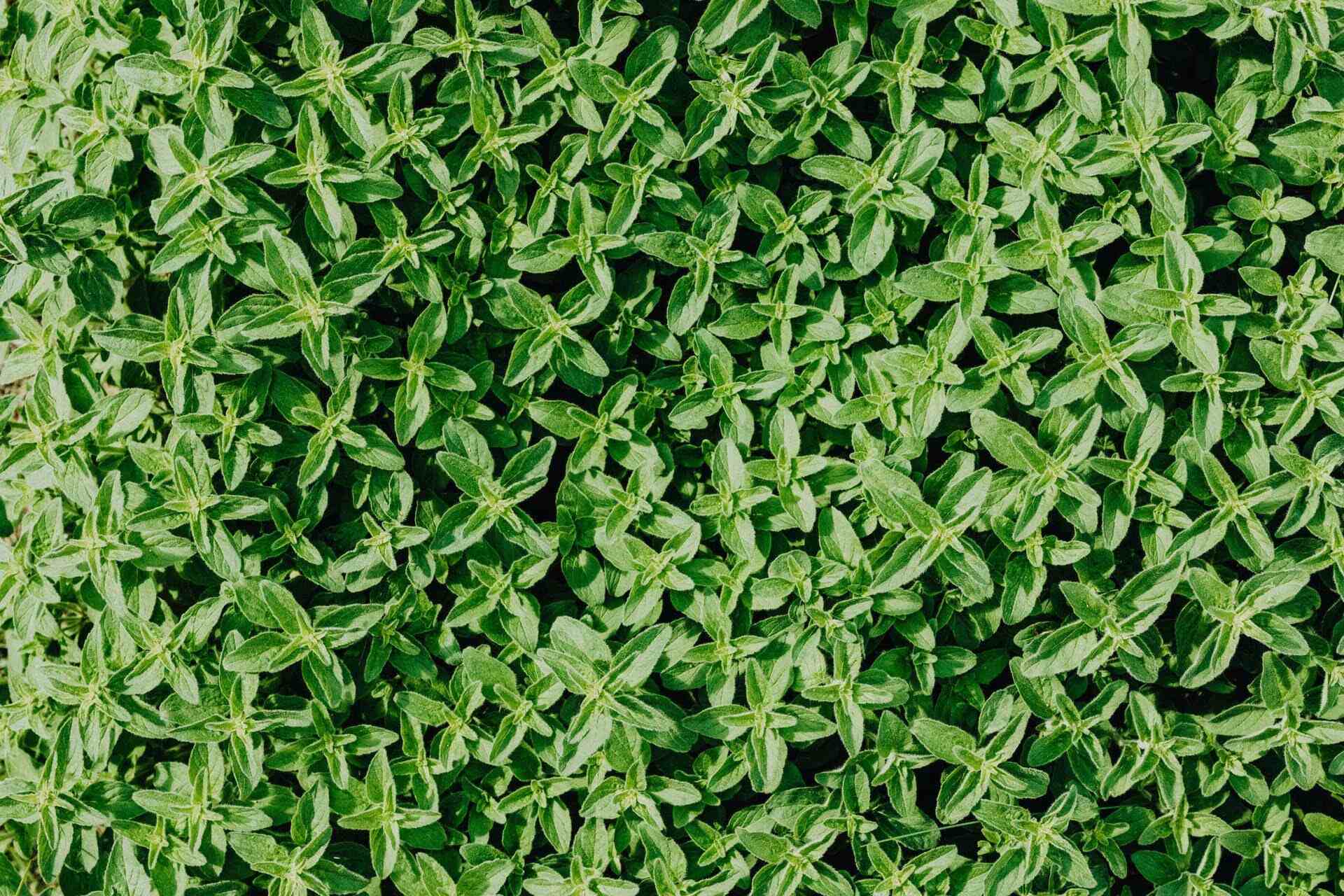
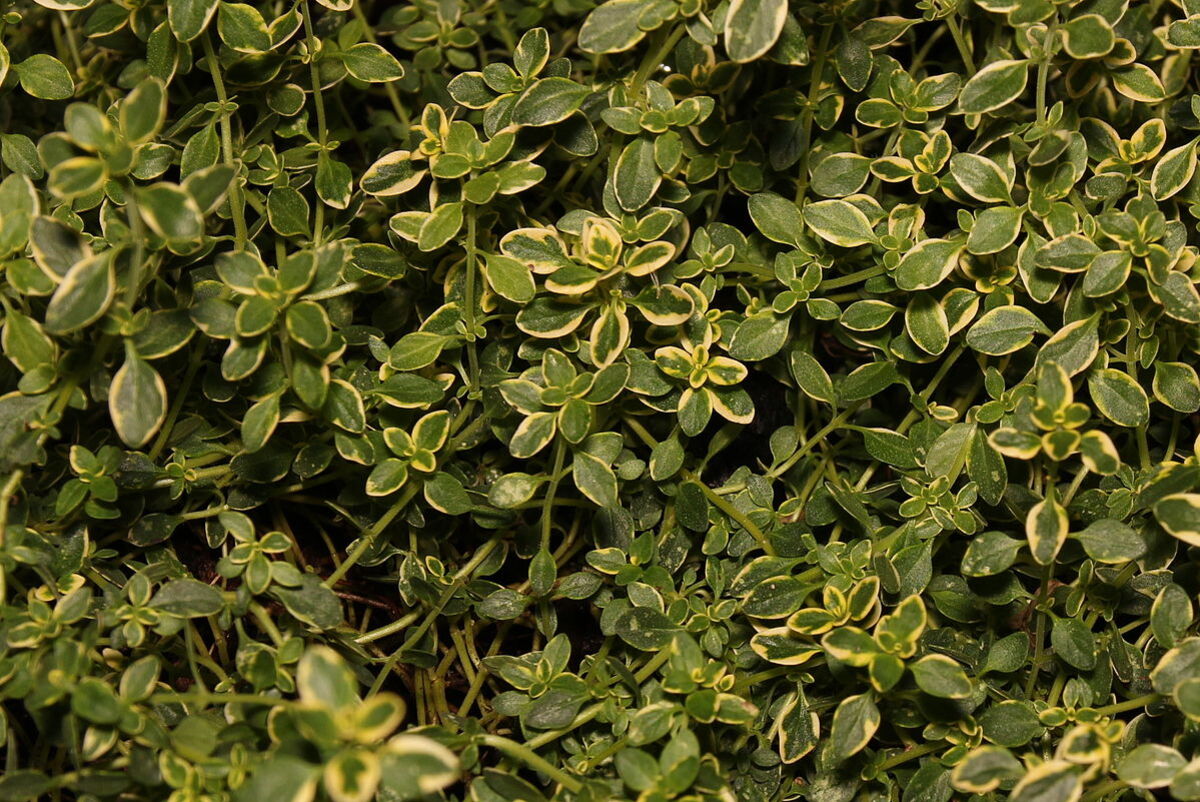
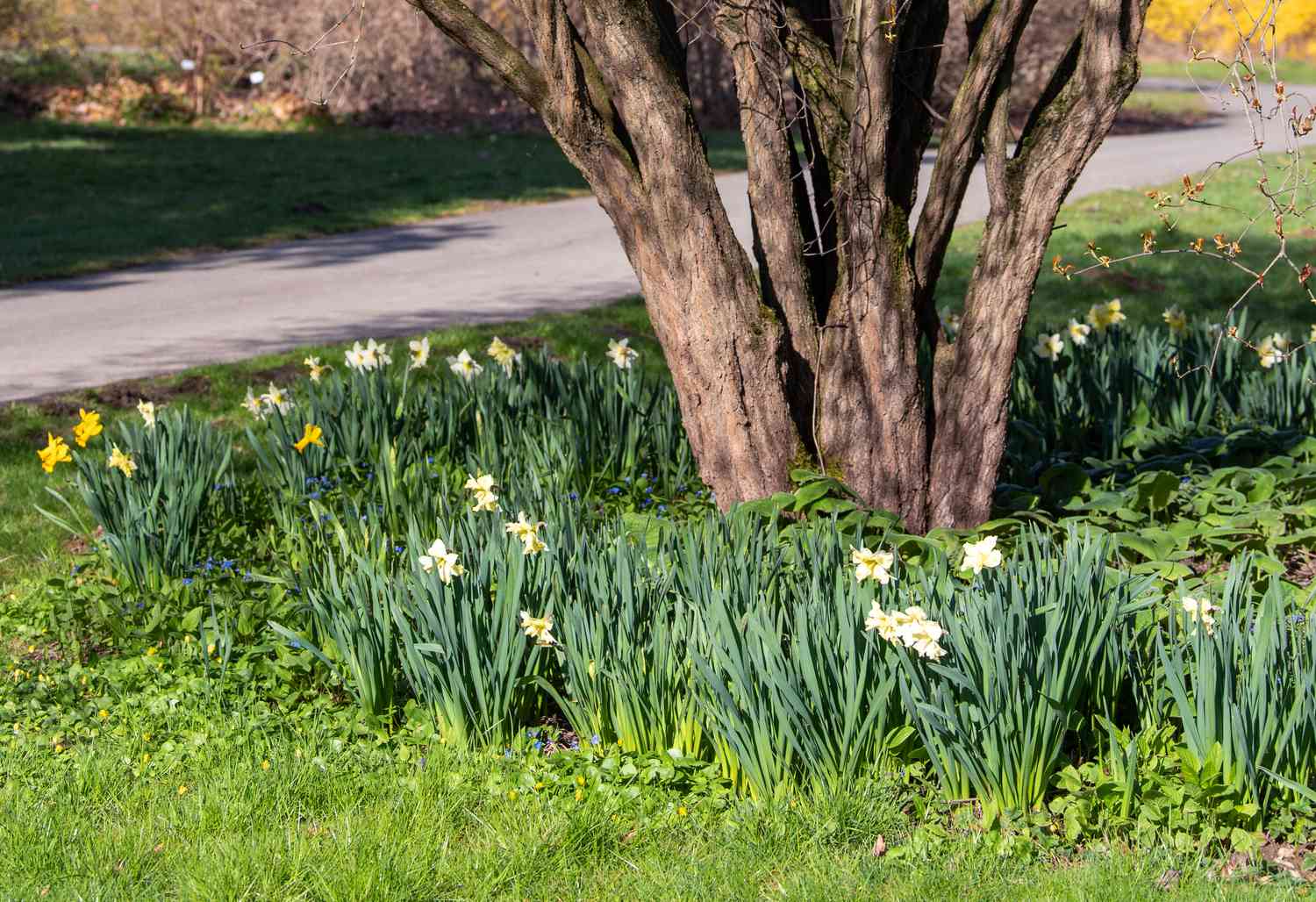
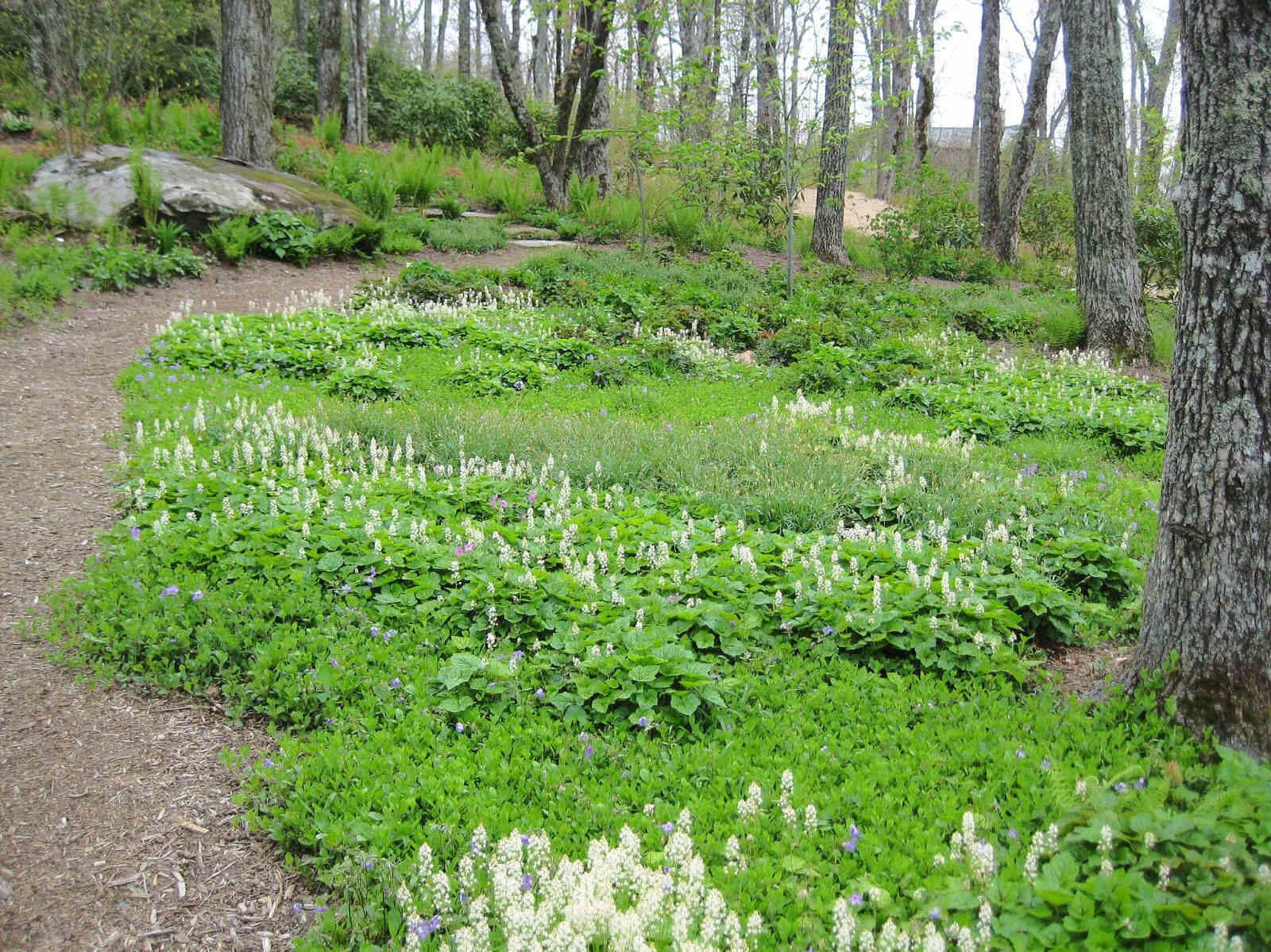
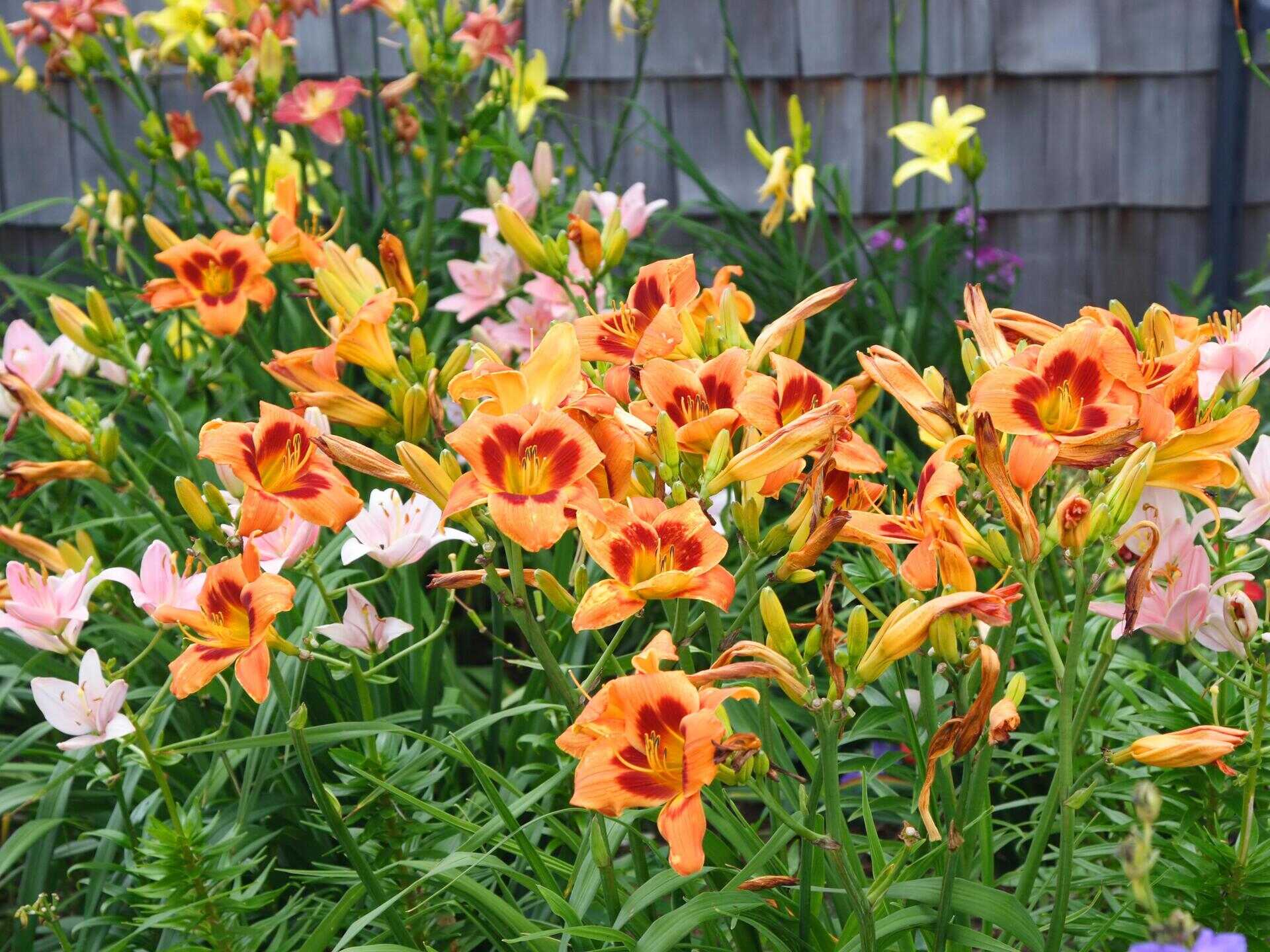
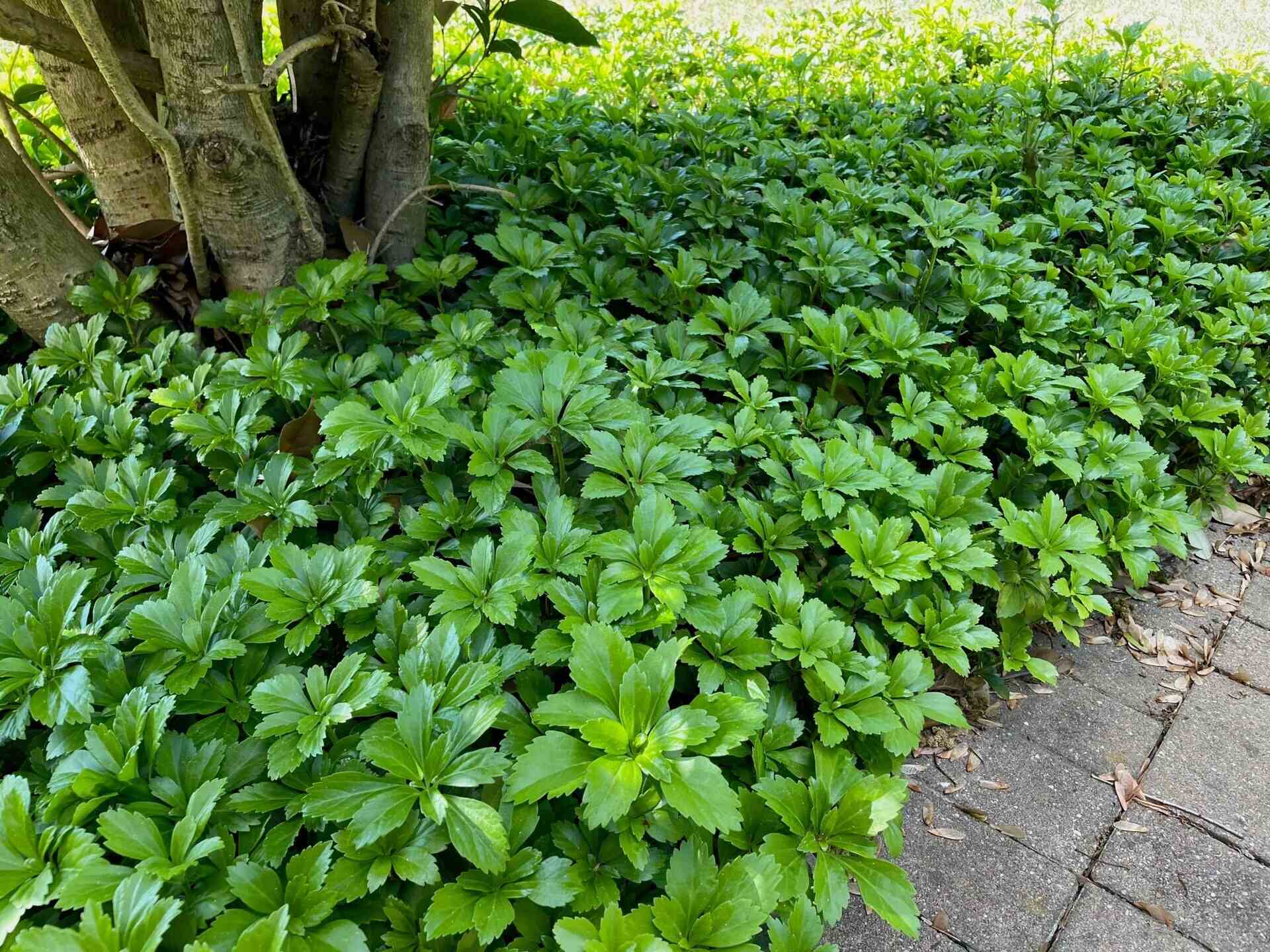
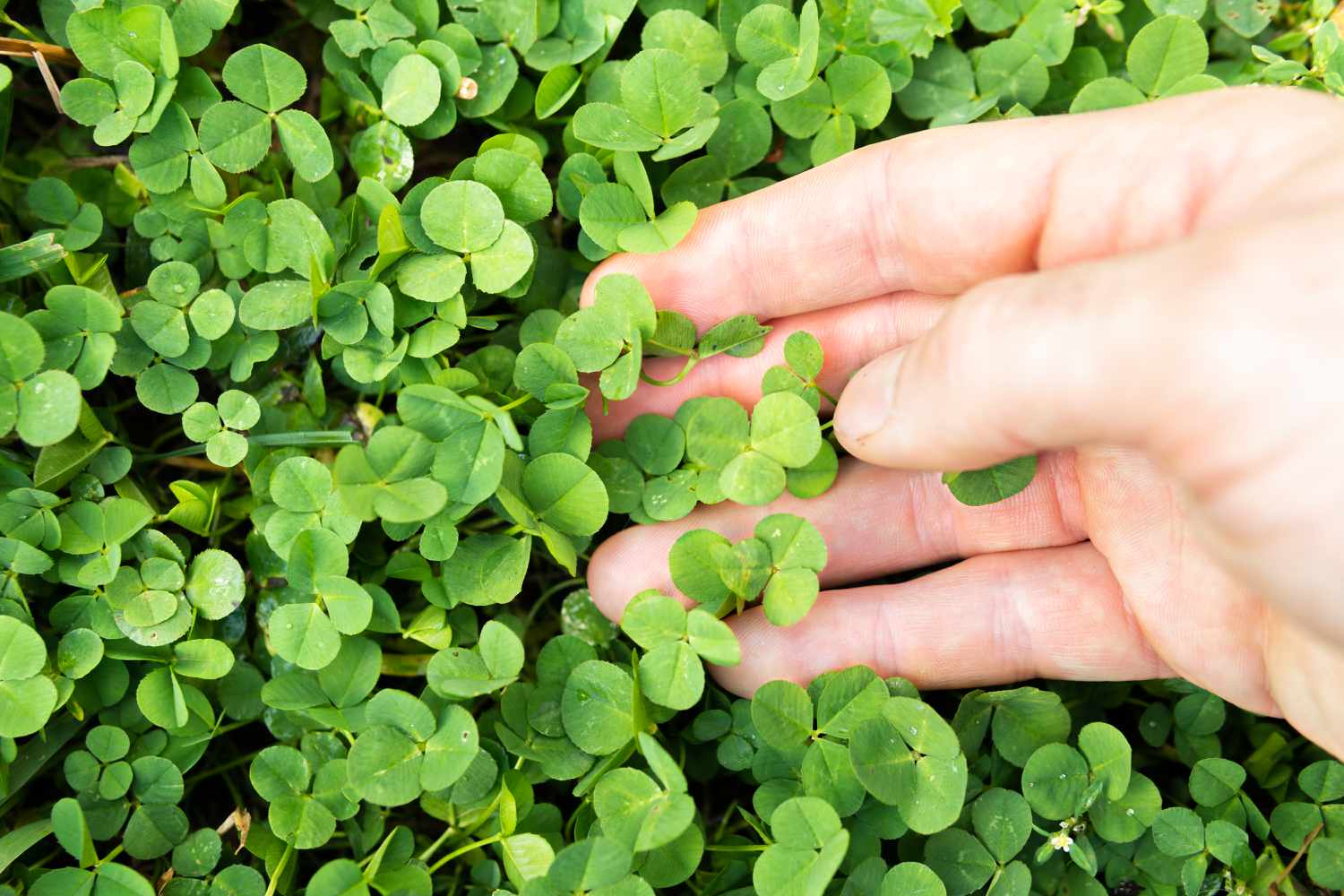
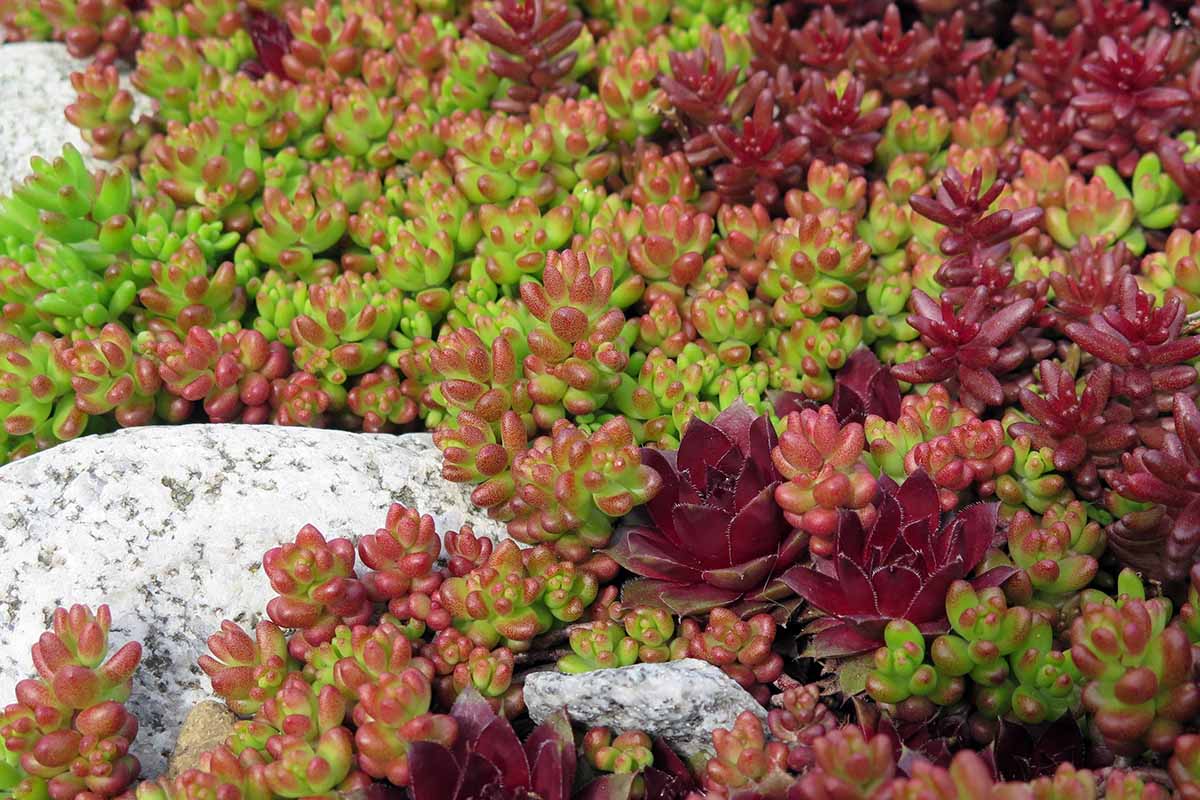
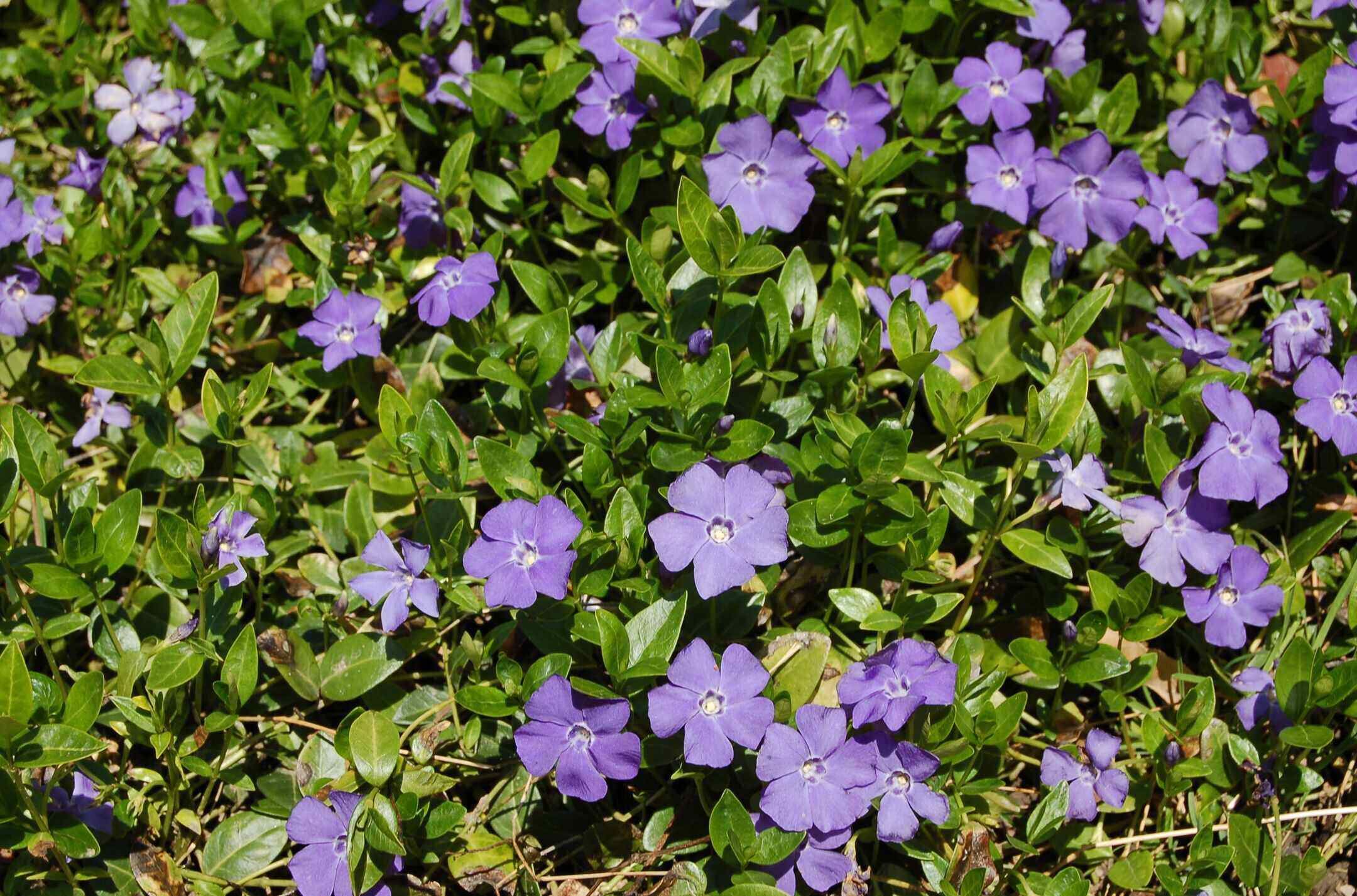
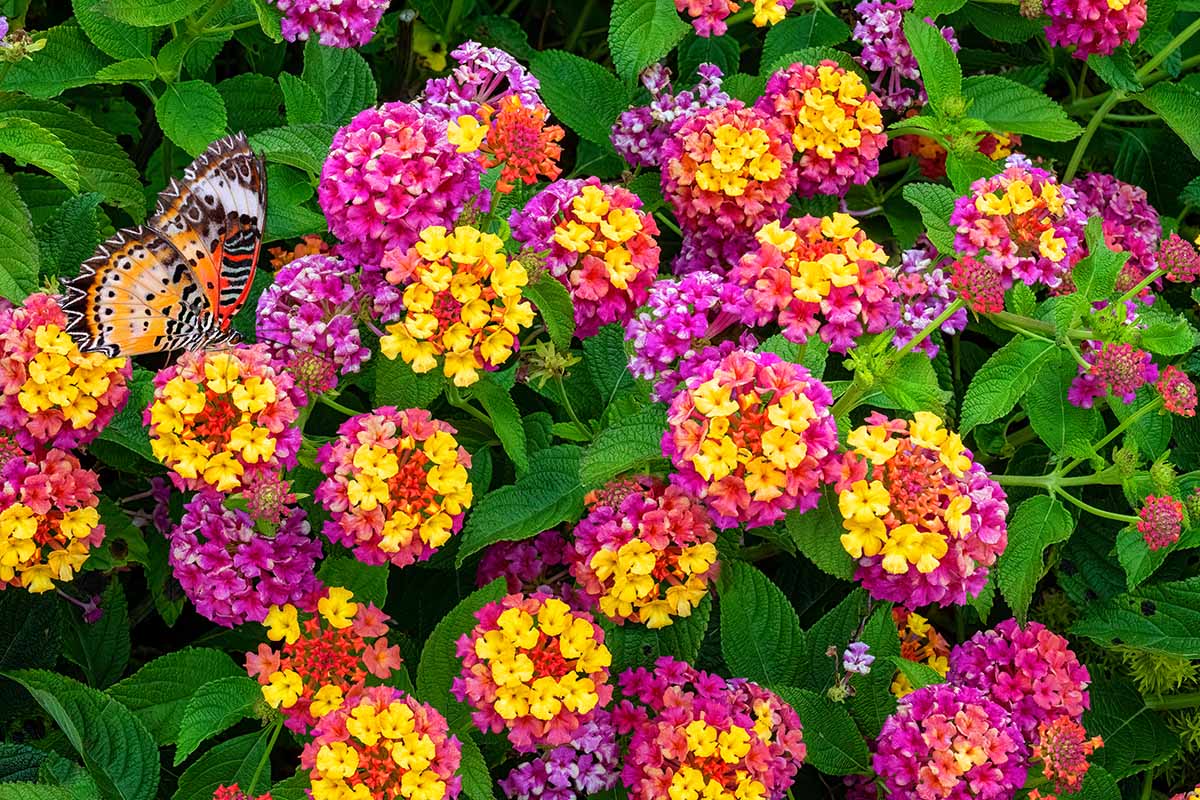
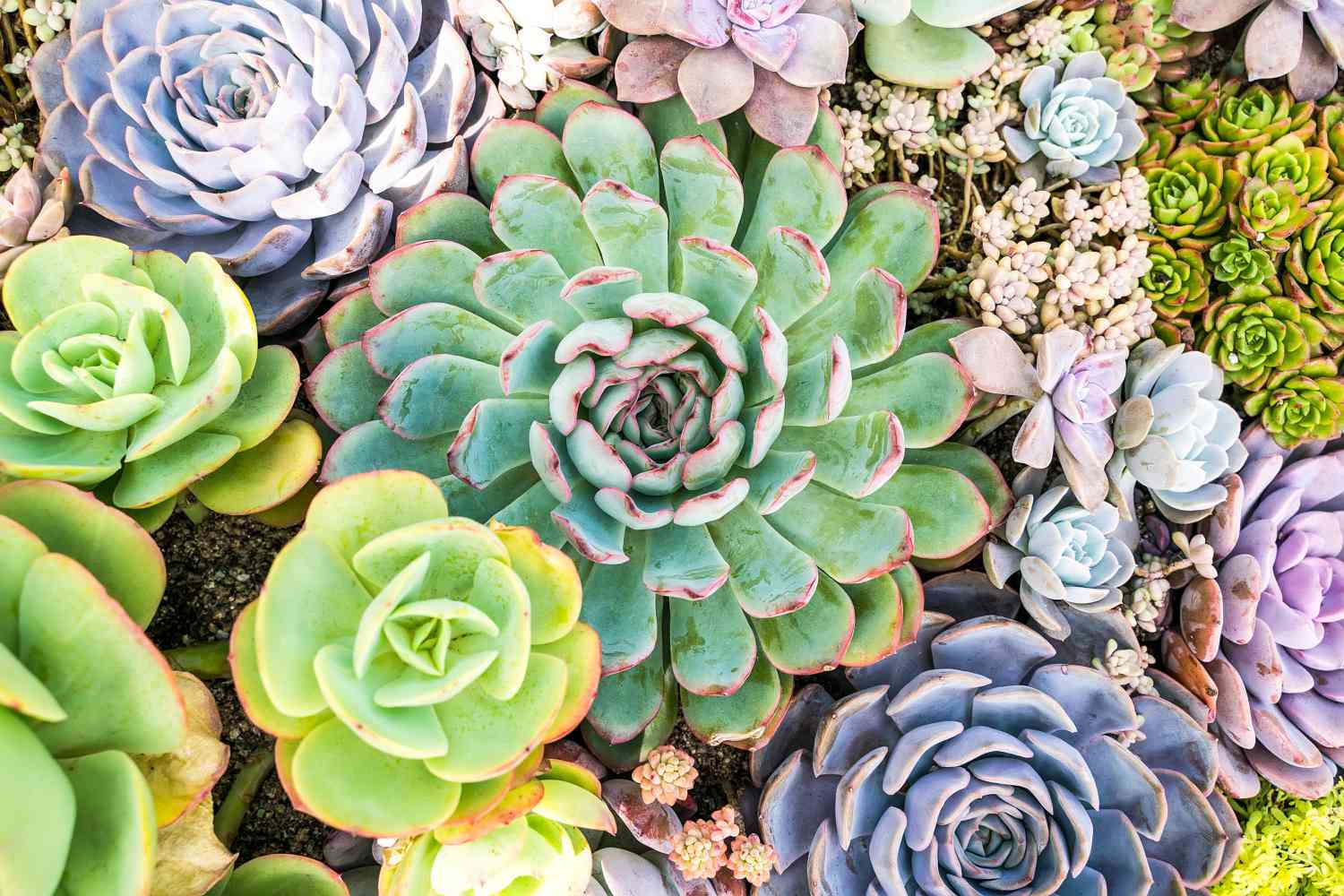
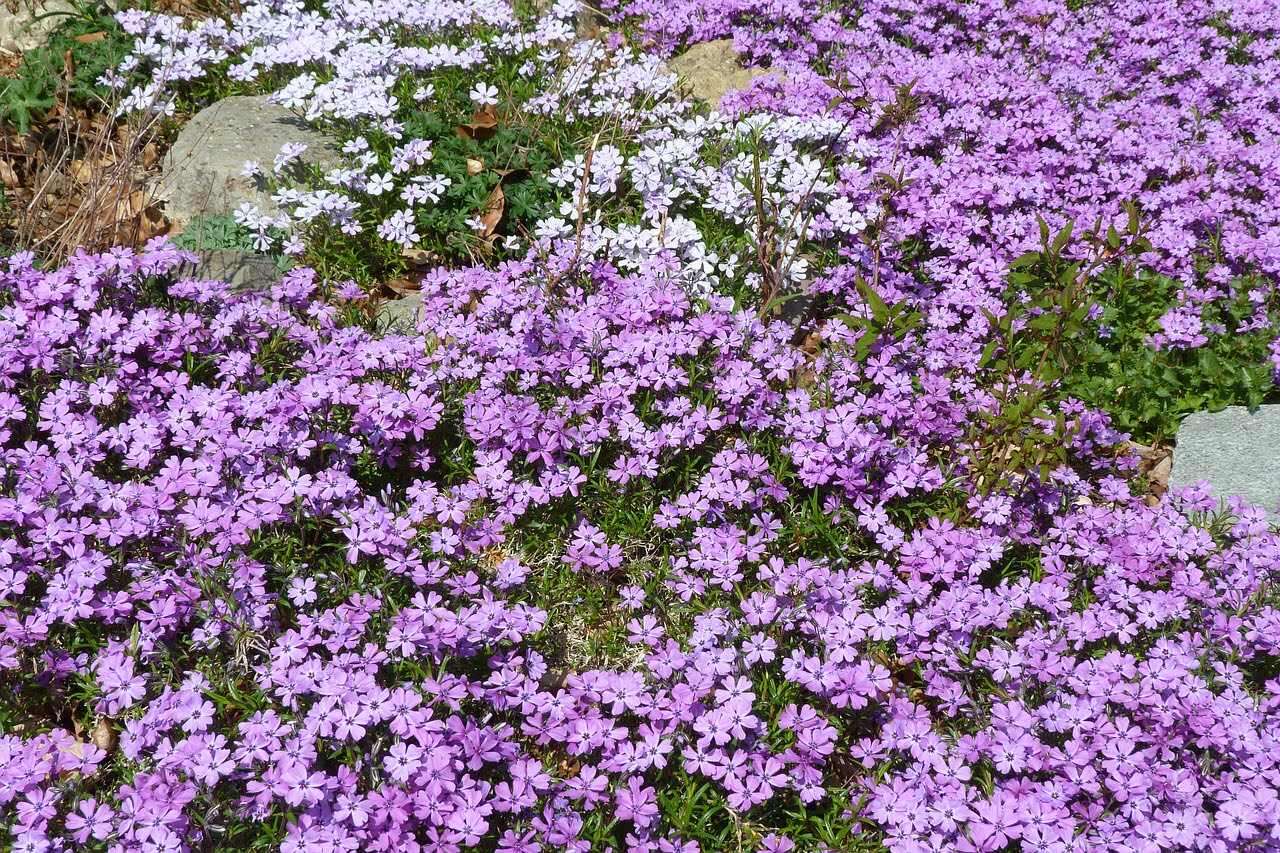

0 thoughts on “What Is A Good Ground Cover Plant For Shade”